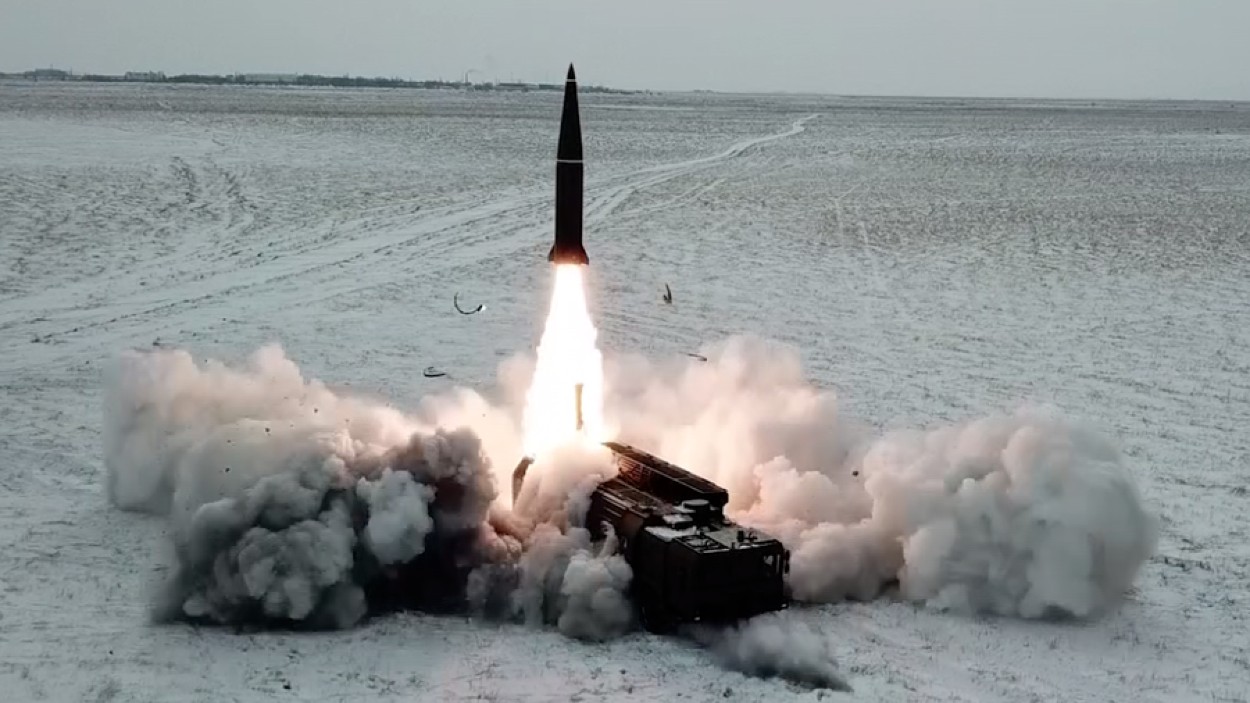The Russian military has begun employing a new tactic involving reconnaissance drones without active navigation, according to Yuriy Ignat, the representative of the Air Force of the Armed Forces of Ukraine.
During an interview on Radio Liberty, Ignat disclosed that the enemy (Russia) is now launching unmanned aerial vehicles (UAVs) without GPS signals. The navigation system is only activated once the drone is directly above the target area, which is subsequently struck with Iskander missiles.
This method is designed to complicate detection and countermeasures for Ukrainian forces, as the drones are difficult to track until they are already in position for reconnaissance or strike missions.
“The enemy is using new tactics: launching UAVs without navigation, without a GPS signal. This signal is turned on directly over the object that the enemy plans to reconnoiter and strike there with Iskander. Thus, we also have to react to this situation,” Ignat said.
AfriPrime App link: FREE to download...
https://www.amazon.com/Africircle-AfriPrime/dp/B0D2M3F2JT
He highlighted the urgent need for the Ukrainian Defense Forces to develop and implement effective countermeasures against these reconnaissance drones.
Ignat noted, “If someone thinks that nothing is being done, a lot of conversations have already been held, and the task of somehow solving this problem has been set by the top management.”
Highlighting the ongoing challenges, Ignat pointed out. “I would like to remind you that Shaheds [Iranian drones] can fly as far as [Ukraine’s] western borders. So this isn’t the first time that an Orlan [reconnaissance UAV] has flown into the rear, into Poltava Oblast.”
The increased use of reconnaissance drones by the Russian forces has prompted the Ukrainian military to seek innovative methods to counteract them.
Ukrainian Defense Forces are exploring various approaches, including the deployment of FPV drones and anti-aircraft drones, which are deemed cost-effective alternatives to traditional missile systems.
Ignat highlighted that while missiles remain crucial for deterrence, these newer, relatively inexpensive technologies are being integrated into Ukraine’s defense strategy.
Russia Using “Large Number” Of Drones For Reconnaissance
On any given day, up to 50 UAVs are reported to be active along the front lines. These drones are capable of conducting continuous aerial reconnaissance over regions such as Sumy and Kharkiv, where active combat operations are ongoing.
Additionally, some drones have ventured deep into Ukrainian territory, underscoring the persistent challenge posed by these aerial surveillance tools.
According to the Ukrainian Air Force, Russian military forces employ a large number of reconnaissance UAVs to surveil key Ukrainian targets, particularly energy facilities and airfields.
AfriPrime App link: FREE to download...
https://www.amazon.com/Africircle-AfriPrime/dp/B0D2M3F2JT
This surveillance capability has proven instrumental in recent weeks, facilitating precise targeting for Russian Iskander ballistic missiles.
The Iskander ballistic missile system has reportedly struck several critical Ukrainian assets, including parked Su-27 fighter jets and the MIM-104 Patriot launchers and Giraffe radar systems.

However, a subsequent disclosure by Ukraine’s Air Force Commander, Mykola Oleshchuk, revealed discrepancies in the initial reports. He indicated that some of the reported strikes actually hit mock-ups of Patriot air defense launchers rather than operational equipment, highlighting the challenges of accurate battlefield intelligence and the complexities of distinguishing between real and decoy targets under wartime conditions.
In response to the escalating UAV threat, the Ukrainian military has implemented a multifaceted approach. This includes deploying mobile anti-aircraft units, engaging fighter aircraft patrols, and utilizing sophisticated electronic warfare systems aimed at disrupting and neutralizing drone operations.
The successful integration of these diverse defensive measures, such as the deployment of Yak-52 aircraft in southern regions, highlights Ukraine’s adaptive capabilities in countering UAV intrusions effectively.
Meanwhile, on July 8, Russian forces launched a large-scale missile assault on Kyiv and several other Ukrainian cities. This barrage, characterized by Ukrainian President Volodymyr Zelenskyy as a deliberate act of aggression, resulted in the tragic loss of at least 20 lives at a children’s hospital in Kyiv alone.
The attack targeted residential areas and critical infrastructure across multiple districts, causing extensive destruction and fires that ravaged the urban landscape.
Ukrainian armed forces claimed that they had successfully intercepted a significant number of incoming projectiles. According to official statements, Ukrainian defenses downed 30 out of 38 Russian missiles launched during the assault.
The types of missiles deployed included the Kinzhal and Iskander-M ballistic missiles, the Zirkon hypersonic cruise missile, and various guided and cruise missiles like the Kh-101, Kalibr, Kh-22, and Kh-59/69 series.
The attack on July 8 stands out as one of the deadliest incidents in recent months, escalating civilian casualties and infrastructural damage to levels reminiscent of previous severe strikes by Russian forces during the winter period.
This escalation comes at a critical juncture, coinciding with the eve of a NATO summit in Washington, where Ukraine seeks firm commitments of long-term support and aid from allied nations amidst the ongoing conflict.
AfriPrime App link: FREE to download...


